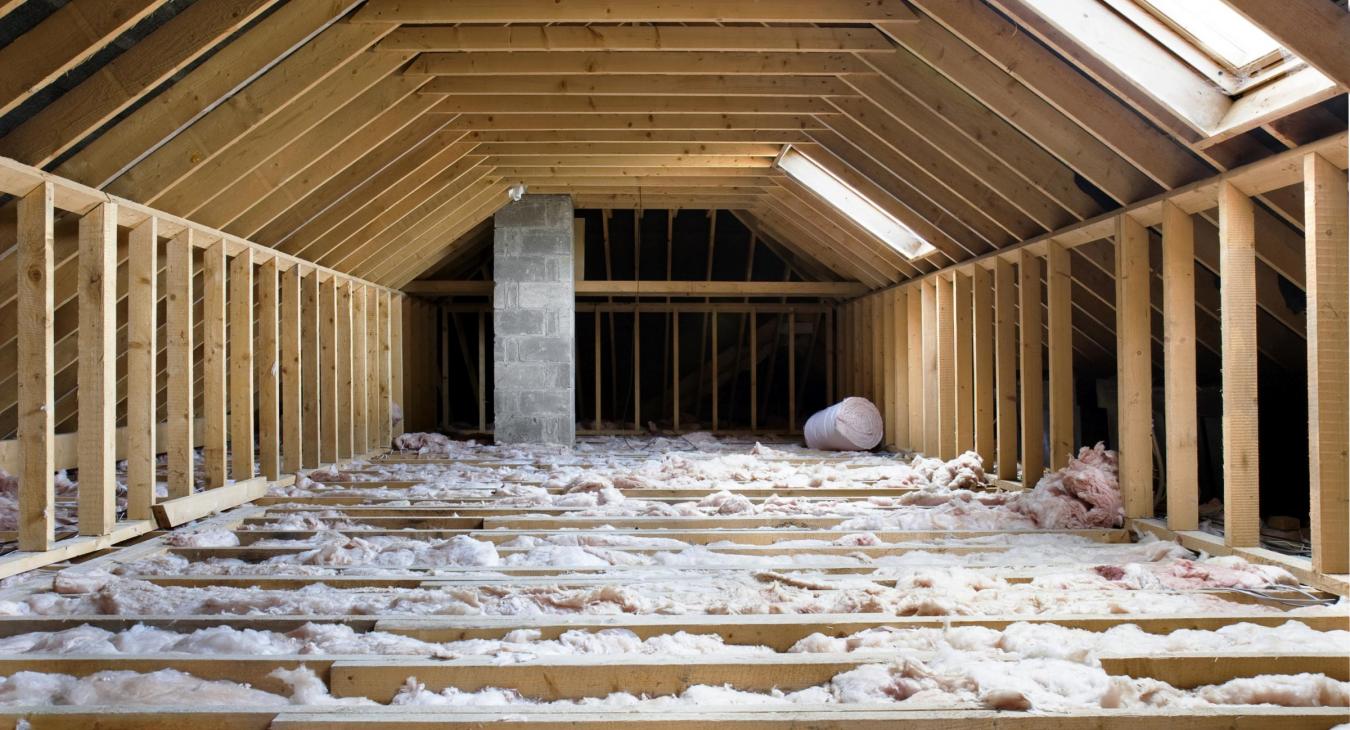By Miranda Boutelle
Q: What cost-effective improvements will make my home comfortable year-round?
A: It isn’t pretty, but insulation and air sealing typically provide the biggest bang for your buck when it comes to home energy efficiency improvements. When installed together, they can save you money and make a big difference in comfort and energy use.
Insulation Rating
Insulation is rated in R-value. The R stands for resistance to heat transfer. The higher your R-value, the slower the heat transfer, or less wasted energy. There are several different types of insulation, including fiberglass batts, blown fiberglass, cellulose and foam. Each has its own R-value listed on the packaging. To determine the R-value of your existing insulation, multiply the number of inches by the R-value per inch for the type of insulation.
Insulation level recommendations are based on your geographic location. Generally, the colder the climate, the higher the recommended R-value.
Where to Insulate
The typical locations for insulation are the attic, walls and floor. If you have a forced-air heating or cooling system, your ductwork should be insulated, too. You want a consistent thermal barrier around your home for maximum efficiency. A bonus to insulation is it can reduce noise from the outside of your home.
Attic insulation minimizes energy waste and can help maintain a more consistent temperature throughout your home. Combined with air sealing, it also can prevent ice dams from forming on your roof in colder climates.
Attics can be insulated using batts or blown-in insulation. Recommend R-values range from R-30 to R-60. If you use your attic for storage, you can build a raised platform with room for insulation underneath. Add insulation and weatherstripping to access doors or hatches.
Exterior walls and walls separating heated and unheated areas of the home (garages or enclosed porches) should be insulated to an R-value ranging from R-13 to R-21, based on your location and wall construction.
Wall insulation can be installed during construction or a remodel. If your home wasn’t insulated when it was built, you can have the insulation blown in by a contractor. Blown-in options include cellulose, fiberglass and foam.
Your home should also be insulated between the floor and crawlspace or unheated basement. If your basement is heated, install insulation in the box sills—the area between the foundation floor of the home’s main level.
Consider building and insulating the exterior walls in the basement or installing foam insulation on foundation walls. Check your local building code requirements. Recommended R-values for floor insulation range from R-13 to R-30. Also insulate heating and cooling ductwork located in unconditioned spaces to prevent energy waste.
Importance of Air Sealing
Think of insulation as a cozy sweater and air sealing as a windbreaker for your home.
You know that cozy sweater is no match for winter winds, so you need an extra layer to stop it from ripping through. The same goes for your home.
Air sealing prevents drafts and air infiltration from outside. It can improve efficiency, comfort and indoor air quality.
Air sealing can be done as a DIY project, but it is challenging to pinpoint and properly seal air leaks. Consider hiring a contractor to complete a blower door test and seal leaks.
Typically, air sealing is done around plumbing and electrical penetrations with spray foam or caulk. If using spray foam around gas appliances, temporarily turn off pilot lights. Spray foam is extremely flammable.
Sheet metal and high-temperature heat-resistant caulk should be used to seal gaps between framing, chimneys and metal flues.
DIY Considerations
If you are considering a DIY approach, protect yourself when going into spaces with insulation. Wear a properly fitted mask or respirator. Wearing a Tyvek suit and gloves also is recommended. Kneepads can come in handy and make the crawling more bearable.
If you are planning a DIY approach for air sealing, do your research about best practices for the proper home ventilation. Before going the DIY route, contact two or three local contractors for a project estimate. Sometimes the contractor can get cheaper bulk pricing on insulation.
Making insulation and air sealing a priority adds comfort, efficiency and savings to your home.

